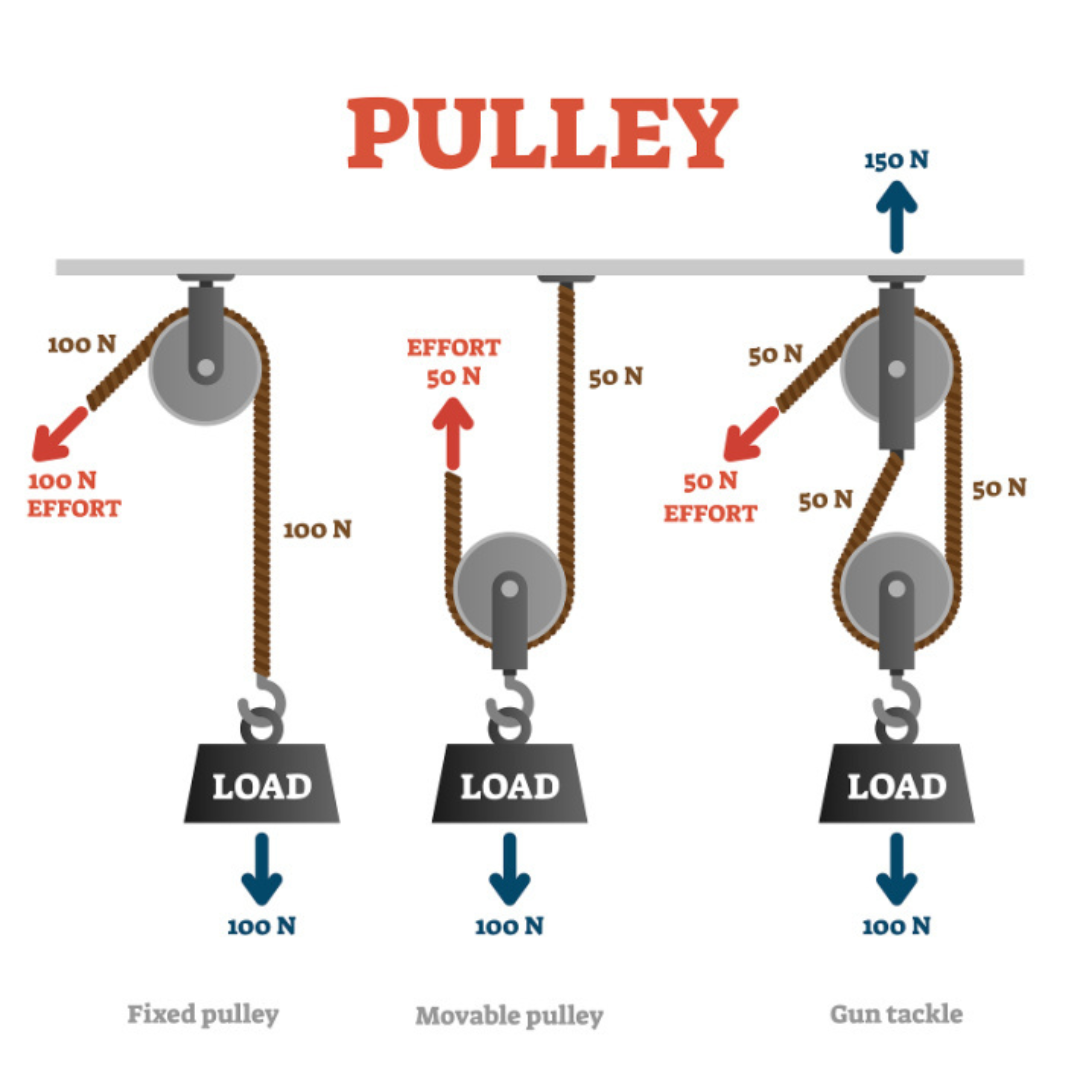Sanad ibn Ali was a renowned Muslim engineer who lived in the 9th century in Baghdad, Iraq. He is credited with many inventions, including the improved pulley system.
The improved pulley system designed by Sanad ibn Ali was based on the principles of the original pulley system, but with significant improvements that allowed for greater efficiency and ease of use.
The original pulley system consisted of a rope or cable that was passed over a wheel or series of wheels, with a load attached to one end of the rope. The pulley allowed the user to apply a force to lift the load, with the weight of the load being distributed evenly over the rope or cable.
Sanad ibn Ali's improved pulley system utilized a more complex system of wheels and ropes that allowed for greater efficiency and ease of use. The system consisted of multiple wheels, each of which was attached to a different section of the rope. The load was attached to the end of the rope that passed over the final wheel.
The multiple wheels allowed the user to apply a smaller force to lift the load, as the weight of the load was distributed evenly over a greater length of rope. Additionally, the multiple wheels reduced the amount of friction between the rope and the wheels, further increasing the efficiency of the system.
Sanad ibn Ali's improved pulley system was used extensively in construction projects throughout the Islamic world, and it became an important tool for architects and engineers. The system was eventually adopted by European engineers in the Middle Ages, where it played a key role in the construction of cathedrals and other large-scale buildings. Overall, Sanad ibn Ali's improved pulley system was a significant advancement in the field of engineering, and it helped to revolutionize construction and other industries that relied on lifting and moving heavy loads
One of the key innovations of Sanad ibn Ali's system was the use of multiple wheels arranged in a series, each one increasing the mechanical advantage of the system. By distributing the load over multiple wheels, the force required to lift the load was reduced, making the system more efficient and easier to use.
Another important feature of Sanad ibn Ali's pulley system was the use of bearings to reduce friction between the wheels and the axles on which they turned. This allowed the wheels to rotate more freely, reducing wear and tear on the system and making it more durable.
Sanad ibn Ali's system also allowed for greater control over the movement of the load, thanks to the use of multiple ropes and wheels that could be adjusted independently. This made it possible to lift and lower loads with great precision, making the system ideal for use in construction and other industries where precision is critical.
The improved pulley system developed by Sanad ibn Ali had a profound impact on engineering and construction in the Islamic world, and it was widely adopted by architects and engineers throughout the Middle East. It eventually made its way to Europe, where it played a key role in the construction of some of the most impressive structures of the Middle Ages.
Overall, Sanad ibn Ali's improved pulley system represents a major step forward in the history of engineering, and it is a testament to the creativity and ingenuity of the engineers of the Islamic Golden Age.



.png)
.png)
.png)
.png)





0 Comments